Tooth decay is a common problem all over the world. When fillings are not enough, inlays and onlays can prove to be great at treating low to moderate decay. You can get your customized inlay or onlay in a short time and get your full set of good looking teeth!
Book your consultation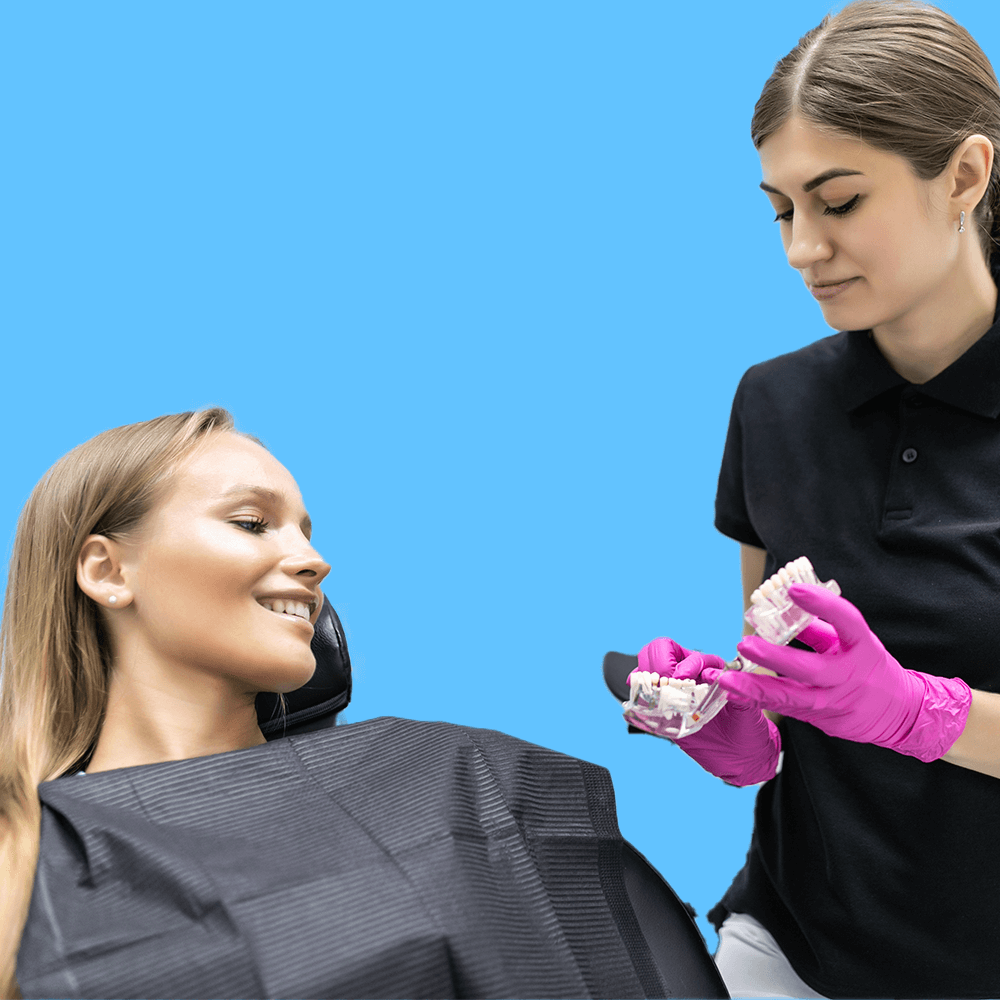
Inlays and onlays are partial crowns or fillings that are used to treat low to moderate tooth decay. It completes the tooth by adding tooth colored composite resin, gold or porcelain custom manufactured inserts where the tooth doesn’t have much structure left due to decay.
Inlays are similar to the conventional fillings but the addressed area is within the bumps on the chewing surface of the tooth.
Onlays are extensive in a sense that they cover one or more bumps, hence called partial crowns.
Learn MoreInlays-Onlays can treat multiple problems and many people are good candidates for it. Here, you can find answers for different complaints.

The natural tooth must have enough structure to support an onlay.

Each of the fillings and inlays and onlays remove existing decay.
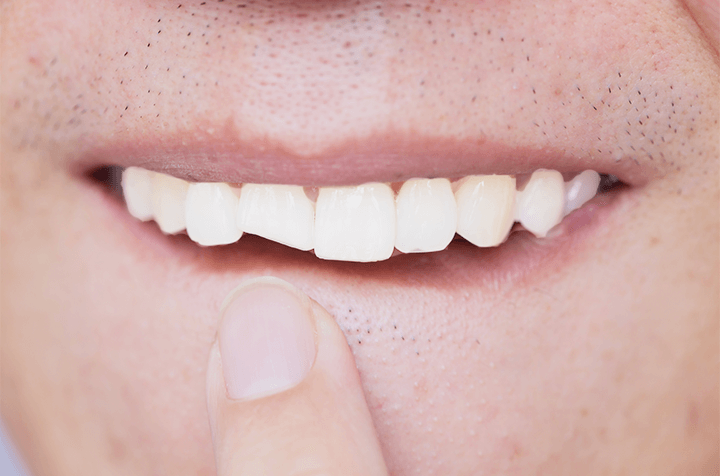
It is possible to restore front teeth with onlays.
At Clineca, we take everything seriously. We understand how important the results are for you. We care about your health and comfort as much as you do. From beginning to end, we inform you, guide you, serve you, and help you.

Surgeries are performed in prestigious fully equipped hospitals in which doctors from all specialties are present.

You will have an online consultation with your surgeon via video chat. After an online examination, and will help you to choose what's the best.

We cooperate with the surgeons who perform a limited number of surgeries each week to ensure the best results.

You can contact our agents 7 days and 24 hours for your questions and concerns, or only support. We'll be fully available for your service.

We provide you with special discounts in luxurious hotels in the vicinity of the hospital. Your comfort is very important to us.

We provide airport transfer and transportation between your hotel and the hospital before/after the surgery via VIP vehicles.

As Clineca, we provide you with patient accompaniment, who will visit you every day in your hotel room during the resting period.
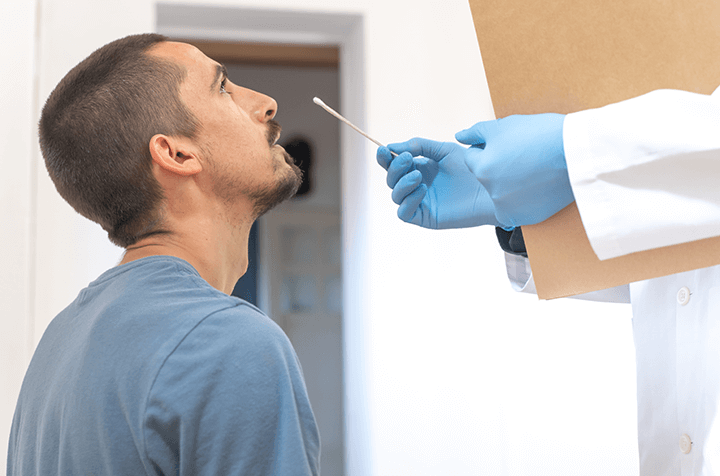
The price includes fees of the surgeon, operating room, hospitalization, tests, medications and medical visits by a nurse.

The price includes hotel layover (including breakfast), and transportation between the airport, the hotel and the hospital.
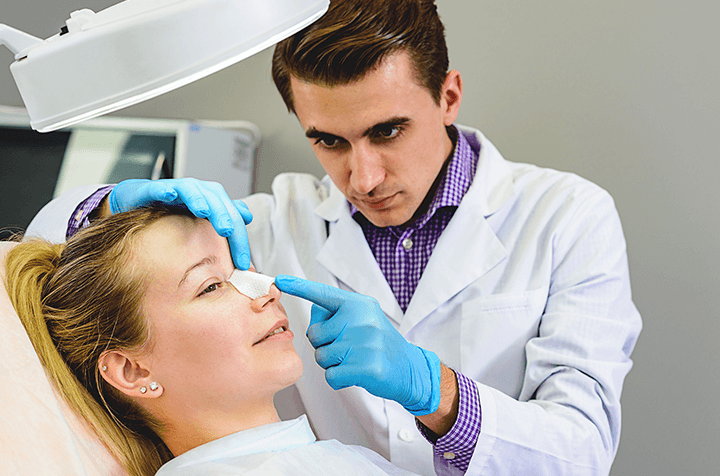
Interpreter service, BBL pillow, neck pillow (rhinoplasty), eye mask, voltage converter and many others that will enhance your satisfaction.

Turkey is a leading player in medical tourism, and Istanbul, which is an extremely beautiful touristic city, is the plastic surgery capital of Turkey.
Clineca has a holistic approach. We believe that everything should be right for a satisfactory cosmetic surgery experience, including your days in Istanbul. We plan every detail of your journey.
After you fill the form, one of our agents will contact you. They will inform you about the whole experience, in detail. If requested, they will arrange an online consultation for you.
You'll have an online consultation with your surgeon via video chat. They will perform an online examination and help you to choose what the best approach to your case is.
We'll plan your whole journey including your surgery date and accommodation. We'll inform you about every need; from preparing your suitcase to advice before the procedure.
Our VIP transportation vehicle will be ready at the airport for you. We’ll drive you to the hospital and they'll get a blood and the C19 test. Then, we'll take you to your hotel.
We’ll take you from your hotel to the hospital. After your examination, the same day you’ll have the surgery. You will stay at the hospital 1-2 day(s), depending on the procedure.
After your stay at the hospital, we'll drive you to your hotel. A wellbeing assistant will visit you every day to inform you, to examine, and to provide medical care during the week.
We'll gladly and proudly show you around our beautiful city. We’ll be very happy to provide you with professional guidance in historical sightseeing, shopping and entertainment.
We’ll take you to 1-week follow-up. After your examination and removal of bandages if required, we’ll inform you about the recovery period. Then, we'll drive you to the airport.
During your recovery, we'll inform you, check on you, and answer your questions 24 hours and 7 days. We'll expect you to send photos periodically to follow your recovery period.
If you have metal fillings that are unaesthetic or you have large cavities on your teeth that are not available to restore with conventional fillings, you are a good candidate for inlays & onlays.
Book your consultation

The outcomes of Inlays & Onlays can be analyzed in three main categories: health-related, aesthetical, and psychological.
Decaying teeth can affect your overall facial aesthetics. It often looks bad and can cause a bad smell. Inlays and onlays can replace the missing part of the teeth due to decay and create harmony in your facial and oral aesthetics.
Tooth decay can cause aching and sensitivity. It may affect your appetite, and consequently other health issues may present themselves. After getting inlay/onlays you can enjoy eating without having any problems.
After the treatment, you’ll get rid of your insecurities and will be more confident with your smile. It will affect your mental health in a very positive way.
The inlays & onlays treatment can be done in two different ways; indirect fillings, and direct fillings.
In the indirect approach, two visits are required. In the first visit to the dentist’s office, decay or the existing filling will be removed. During this process your dentist will apply local anesthesia, and remove the decayed area or the filling with an appropriate instrument such as a drill, air abrasion device or a laser. After your dentist makes sure the area is free of any decay/fillings, they will prepare the area for the inlay/onlay by cleaning.

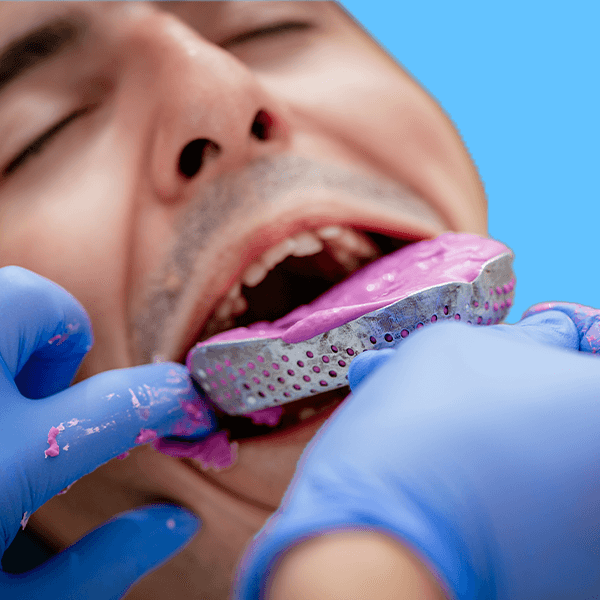
Then they will take an impression of your teeth to send to a dental laboratory for your inlay or onlay to be made. A temporary filling will be placed while your inlay/onlay is being made. When the laboratory sends back the custom inlay/onlay, during your second visit the dentist will remove the temporary filling and check the fitting of the inlay/onlay. If it fits then they will cement the permanent inlay/onlay to the tooth, if it doesn’t fit a new impression can be taken to be sent to the dental laboratory for new inlay/onlay to be made.
In direct application, the same procedure is followed as in the indirect approach with the difference being the inlay/onlay is made in the dental office. This allows the procedure to be done in just one visit.
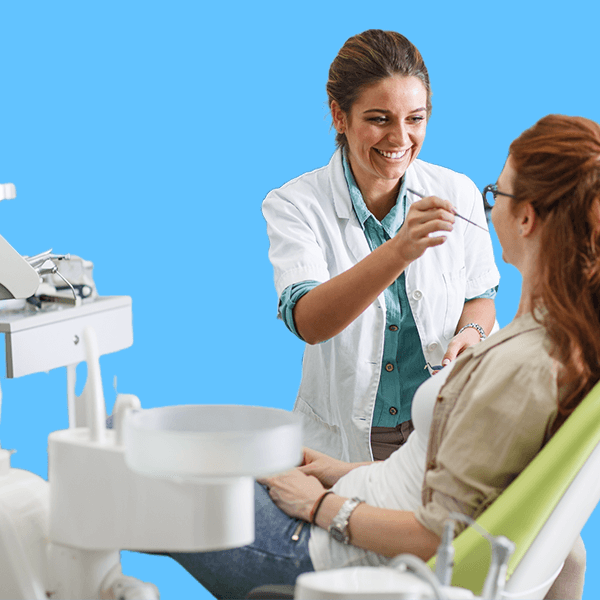
If you are considering getting inlays-onlays, it's important to be aware of the potential risks and complications.
After having an inlay or onlay placed, you may experience some discomfort and sensitivity. It is important to follow your dentist's instructions for post-procedure care to ensure a smooth recovery. During the first week after your inlay or onlay procedure, you may experience some discomfort and sensitivity. This is normal and can be managed with over-the-counter pain relievers. You should avoid chewing on the side of your mouth where the inlay or onlay was placed until your dentist gives you the green light. It is also important to avoid eating hard, chewy, or sticky foods, as these can damage your inlay or onlay.
As the weeks go by, you should notice an improvement in your comfort level and a decrease in sensitivity. However, you may still experience some sensitivity to hot and cold foods and beverages. This is usually temporary and can be managed with over-the-counter sensitivity toothpaste. It is important to continue practicing good oral hygiene during your recovery. This includes brushing twice a day with a soft-bristled toothbrush and fluoride toothpaste, flossing daily, and rinsing with mouthwash. You should also continue to visit your dentist for regular checkups and cleanings. If you have any concerns or experience any unusual symptoms during your recovery, don't hesitate to contact your dentist.
After meeting with your dentist at their office during your consultation you express your expectations and the dentist checks the condition of your teeth. They will inform you about their professional opinion while taking your expectations and the condition of your teeth into consideration. Then, photos of your teeth will be taken for a 3D simulation. The size, model and color can be decided by you, and you can even choose the color from the tooth color chart. After deciding, on the first operation day teeth will be scraped and if there is a need for an extraction it will also take place on the first day. Temporary veneers will be put on and your dentist will prescribe you with painkillers and antibiotics. You will stay at the hotel for about 4-5 days. During your stay you will be visited by a wellbeing specialist, and if you’re having any problems your dentist will be contacted. After these 4-5 days, your permanent veneer will be applied and it will be all done.
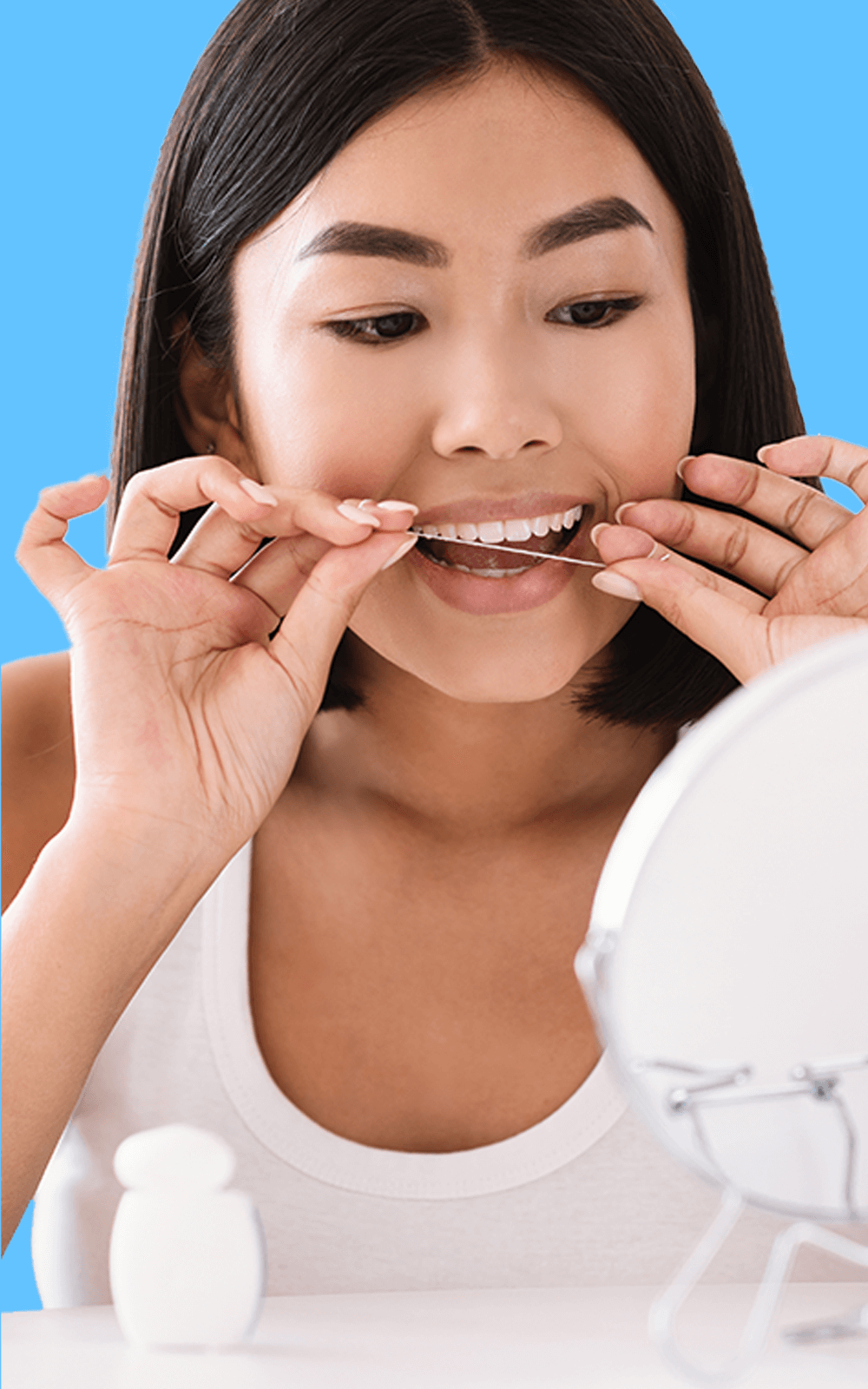
If you are considering getting inlays or onlays, there are a few steps you can take to prepare for the procedure and ensure a successful outcome.
Here are the some instructions after having an inlay/onlay procedure.
After the first operation where a local anesthesia is used, you may feel numbness on your mouth but that will pass in a few hours. You can resume all your daily activities without any problem. Some tooth sensitivity can be present but it goes away within a few weeks. The temporary fillings can fall out, fracture or wear out in a month so make sure to get them replaced by the permanent inlays/onlays.
After your inlay/onlay is permanently cemented, there is no need for a special care for them, however, you should follow good oral hygiene practices, brushing twice and flossing once a day and biannually visiting your dentist for cleanings. You should contact your dentist in the cases of your tooth being extremely sensitive or the sensitivity lasts for 2 to 4 weeks, you feel sharp edges on the affected tooth.
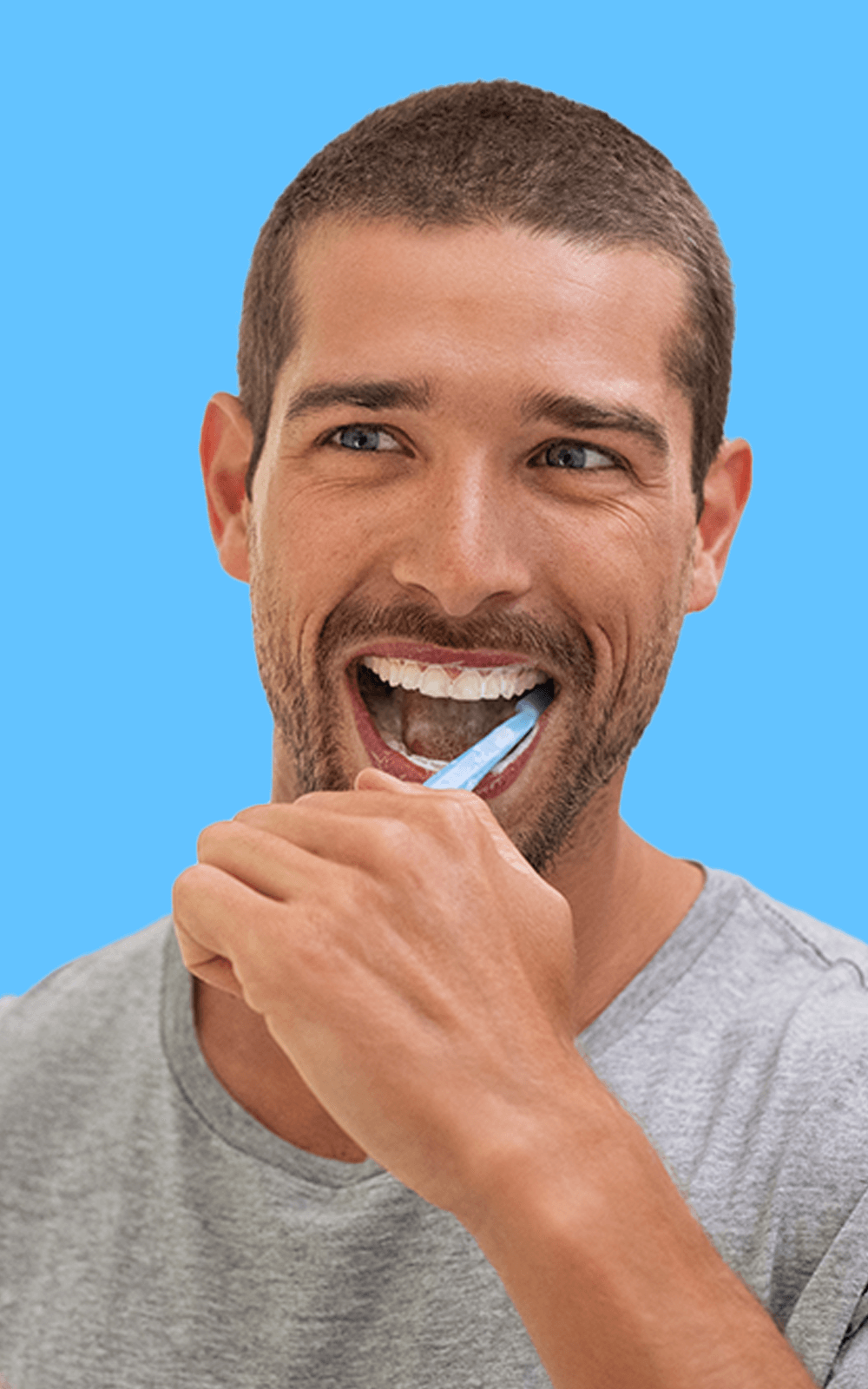
We know you have many questions. Having realistic expectations and deciding to have a dental operation requires information. Here you can find answers to frequently asked questions about the inlays & onlays.
Inlays-Onlays can treat multiple problems and many people are good candidates for it. Here, you can find answers for different complaints.